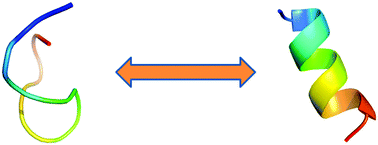Interpretations of data in the extensive literature on the unfolding of proteins in aqueous solution follow a variety of methods involving assumptions leading to estimates of thermodynamic quantities associated with the unfolding transition. Inconsistencies and thermodynamic errors in these methods are identified. Estimates of standard molar free energies and enthalpies of unfolding using incompletely defined equilibrium constants and the van't Hoff relation are unsound, and typically contradict model-free interpretation of the data. A widely used routine for estimating the change in heat capacity associated with unfolding based on changes in the unfolding temperature and enthalpy co-induced by addition of denaturant or protective additives is thermodynamically incorrect by neglect of the Phase Rule. Many models and simulations predicting thermodynamic measures of unfolding are presently making comparisons with insecure quantities derived by incorrect thermodynamic analyses of experimental data. Analysis of unfolding via the Gibbs–Duhem equation with the correct Phase Rule constraints avoids the assumptions associated with incomplete equilibrium constants and misuse of the van't Hoff relation, and applies equally to positive, negative, sitewise or diffuse solute binding to the protein. The method gives the necessary relations between the thermodynamic parameters for thermal and isothermal unfolding and is developed for the case of two-state unfolding. The differences in binding of denaturants or stabilizers to the folded and unfolded forms of the protein are identified as major determinants of the unfolding process. The Phase Rule requires the temperature and enthalpy of unfolding to depend generally on the protein concentration. The available evidence bears out this expectation for thermal unfolding, indicating that protein–protein interactions influence folding. A parallel dependence of the denaturant concentrations for isothermal unfolding on the protein concentration is anticipated. The degree of unfolding as measured by UV, CD, fluorescence and other non-calorimetric methods may not show the same temperature and concentration ranges for unfolding among themselves or as compared to DSC or isothermal calorimetry. Such disparities indicate distinct stages in unfolding detectable by particular methods.

You have access to this article
 Please wait while we load your content...
Something went wrong. Try again?
Please wait while we load your content...
Something went wrong. Try again?


 Please wait while we load your content...
Please wait while we load your content...